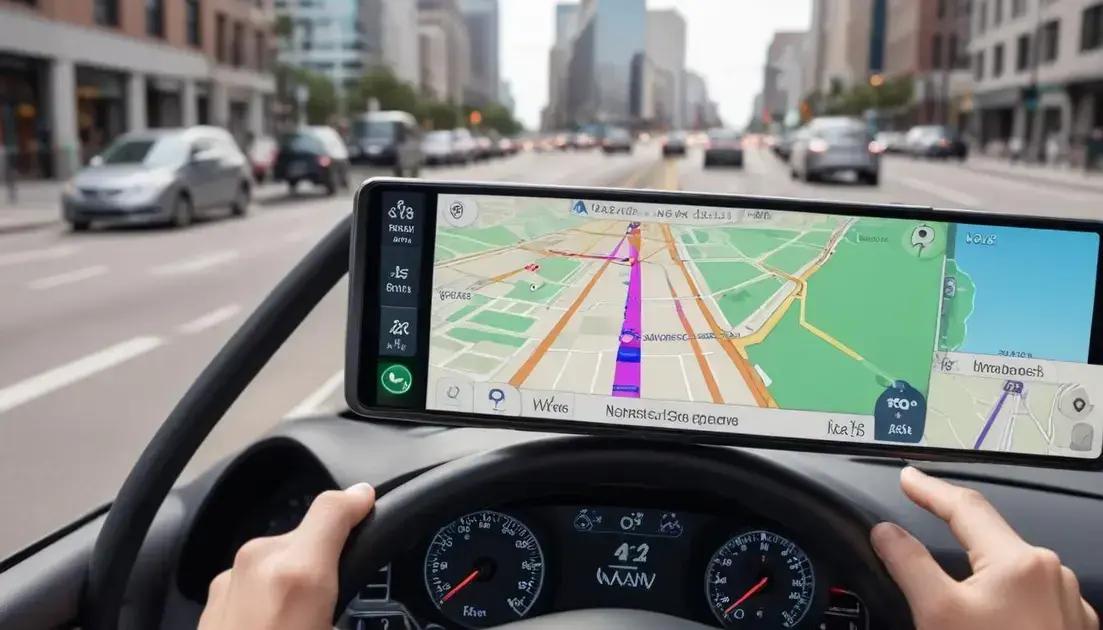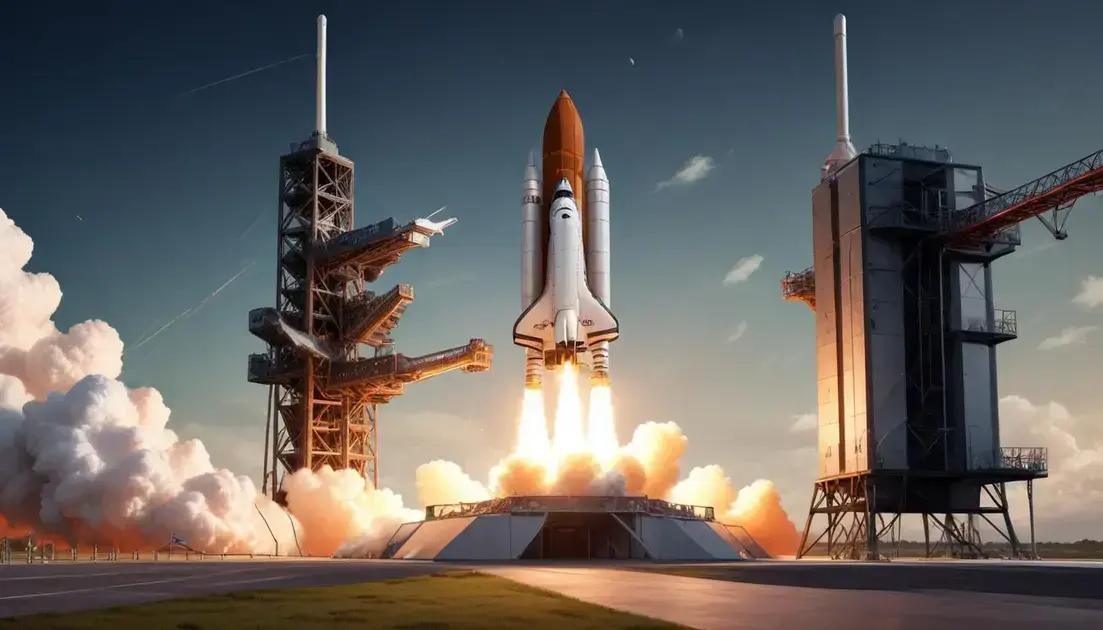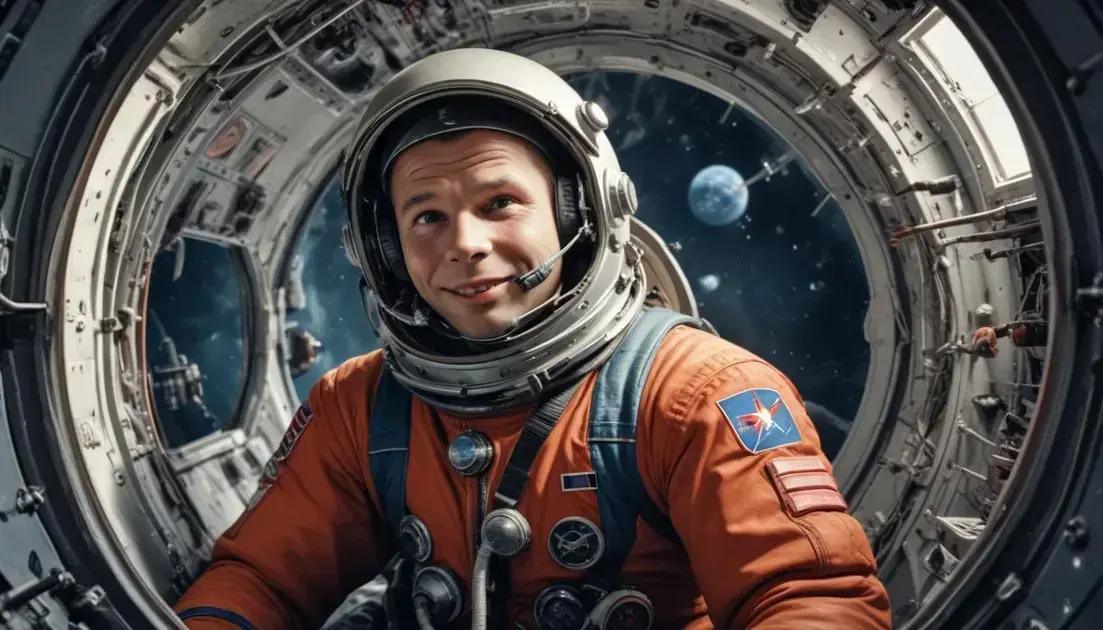
GPS: The Digital Compass That Guides the World
GPS technology has transformed how we navigate the world, impacting transportation, agriculture, and emergency services. It began in the 1970s and has evolved to include real-time data and advanced features. Future trends include improved accuracy, integration with smart devices, and applications in autonomous vehicles and smart cities. This technology makes daily life easier and more efficient, demonstrating its significance in modern society.
Imagine a world where GPS is not just a tool, but a lifeline that connects you with the world. How did we get here? Let’s explore!
Introduction to GPS
GPS stands for Global Positioning System. It helps people find their way anywhere in the world. Imagine using your phone or a car navigation system to get directions. That’s where GPS comes in!
It works by using signals from satellites high above the Earth. These satellites send data to GPS devices, which then pinpoint your location. Isn’t that cool?
GPS isn’t just for driving. It’s also used in many fields like agriculture, aviation, and even by hikers. Farmers use GPS to plant crops in the best spots, while pilots rely on it for safe landings.
The accuracy of GPS is impressive. Most devices can tell your location within a few feet. This precision helps in many activities, from mapping to emergency services.
As technology grows, GPS continues to improve. New features make it even more reliable and efficient. Who knows what exciting changes are coming next?
History of GPS Technology
The history of GPS technology goes back several decades. It all started in the 1970s, during the Cold War. The U.S. military needed a way to navigate accurately.
In 1978, the first GPS satellite was launched. This satellite marked the beginning of a new era in navigation. The system then grew to include more satellites and better technology.
By the 1990s, GPS became available for civilian use. This made it popular among travelers and outdoor enthusiasts. No longer just for the military, anyone could now find their way!
As time went on, GPS technology improved. More satellites were added, and accuracy got better. Today, we have over 30 satellites orbiting the Earth, providing precise location data.
GPS has evolved beyond simple navigation. It is now crucial for many services we use daily, like ride-sharing apps and delivery services. This technology has truly changed how we connect with the world.
GPS Applications in Everyday Life
GPS applications are all around us, making life easier every day. Most people use GPS when they drive. Mapping apps give turn-by-turn directions, helping us avoid getting lost.
But GPS is more than just maps. It’s also used in fitness. Many people wear GPS watches while running. These devices track distance, speed, and routes taken.
In agriculture, farmers rely on GPS to plant and harvest crops. This helps them know the best times and places to plant. It can increase their yields and reduce waste.
Emergency services use GPS, too. Ambulances and firefighters depend on accurate location data to arrive quickly. This saves lives and makes communities safer.
Even our phones use GPS for location-based services. Apps suggest restaurants, stores, or events near us. This makes finding new places easy and fun. GPS truly impacts our daily lives in many positive ways.
Future Trends in GPS Technology
The future of GPS technology looks exciting and full of possibilities. One major trend is improving accuracy. New satellites and technology aim to provide even more precise locations.
Another trend is the rise of real-time data. This means users can get updates immediately, like traffic changes or weather alerts. These updates can help us make better decisions when traveling.
Furthermore, integration with other technologies is growing. For example, combining GPS with smartphones and wearables can create more personalized experiences. This helps people navigate their daily lives with ease.
Autonomous vehicles are also on the horizon. GPS will play a huge role in helping these cars understand their surroundings. It can enhance safety and efficiency on the roads.
Lastly, GPS technology is increasingly being used in smart cities. This can improve public transport and city planning, making urban areas more livable. The potential for GPS is truly limitless as we look ahead.
Conclusion
GPS technology has become an essential part of our daily lives. It’s used in driving, fitness, and even agriculture. As we look to the future, the possibilities seem endless.
We can expect improvements in accuracy and real-time data updates. The integration of GPS with smart technologies will make navigating our world easier and more efficient.
Whether it’s helping us find the best route or guiding autonomous vehicles, GPS continues to shape how we interact with our environment. It’s exciting to think about what’s next for this life-changing technology.
Conclusion
In conclusion, GPS technology has truly changed how we live, work, and travel. From helping us find our way to enhancing farming and emergency services, its impact is huge. As we look ahead, we can expect even better accuracy and new features that make our lives easier.
The future of GPS is bright with possibilities. With advancements like real-time updates and smart integrations, navigation will become even more seamless. Embracing these changes will help us maximize the benefits of GPS in our everyday lives. So, whether you’re driving, exercising, or farming, GPS will continue to be a vital tool in connecting us to the world around us.


